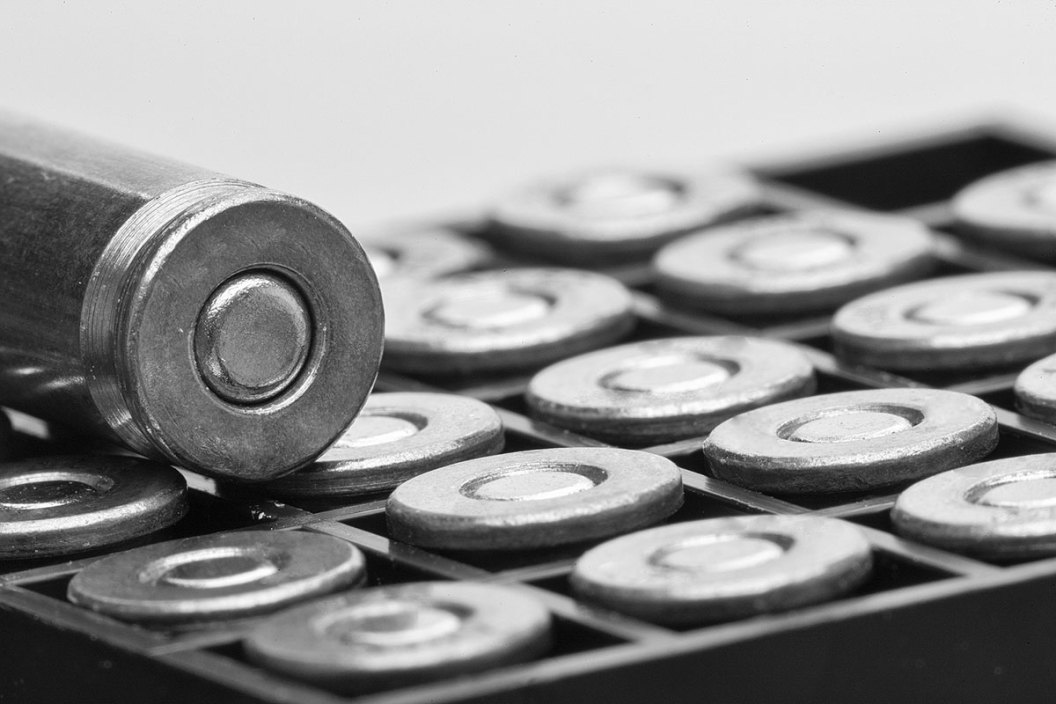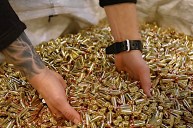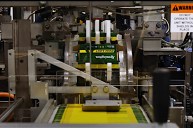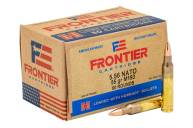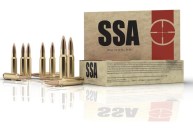Is it an ammo shortage, a buying frenzy, or something else altogether?
It's no secret that the United States is experiencing what many are calling an ammo shortage. Ever since the beginning of the COVID-19 pandemic in early 2020, it seems like brick-and-mortar gun stores and online retailers can't keep the most popular self defense (or even hunting) cartridges in stock.
Even ammunition reloading components are tough to find. Small pistol primers might as well be unicorn teeth at the moment. Everything is on backorder and prices are high when ammo finally does come in.
Is this really an "ammunition shortage," as in there isn't enough to go around? Or is it the behavior of the people buying the ammo for their handguns, shotguns, and rifles that's causing the perceived shortages?
I'm not absolutely sure why this is happening, but I have an idea. I believe that the ammo situation is similar to how people have been hoarding toilet paper since the start of the pandemic: through what's known as artificially over-inflated demand.
Blame the Demand
While more people than ever are buying guns and ammo is flying off the shelves, I haven't seen any evidence that people are shooting more than they were last year. That means people are buying lots of ammo (as well as reloading components) and sitting on it, just in case.
At least a slight spike in gun and ammo sales was already expected in 2020, mainly since it was an election year. But when the coronavirus pandemic began, along with widespread protests and rioting across the country, current gun owners and new gun owners bought up all the ammunition they could find. In many ways, it was understandable.
Along with heavily increased gun sales (going by the monthly background check statistics and reports from the National Shooting Sports Foundation, or NSSF), ammunition sales have soared in 2020.
It's happened before, usually in the shadow of looming gun legislation, but never to this extent.
Then, the coronavirus pandemic went on. And on. As did the widespread civil unrest. When a gun shop or big box retailer got a case or two of 9mm or .223 ammo, it was gone in the blink of an eye—because after all, "Who knows when they'll get it in stock again...?"
Since it was selling immediately, retailers bought out everything their distributors had in stock, putting pretty much everything on backorder. To add to that, many retailers started placing limits on how many boxes of certain calibers that each customer could buy, which makes it seem like ammunition is even more scarce.
Don't Blame the Manufacturers
Now, you might be thinking, why don't ammunition companies just ramp up production to meet the need? The fact is, an ammunition factory can only produce so many rounds per day. Most companies have done what they can to produce as much of the in-demand cartridges as possible.
I know for a fact some of the more rarely purchased cartridges Hornady was cranking out in 2019 have been suspended until further notice.
An ammo manufacturer can't just magically add production capacity. For one, it's extremely expensive to do, and because the ammo making procedure deals with hazardous chemicals and explosives, zoning and environmental regulations are strict.
Truthfully, the process for building a new ammo plant could take months or even years. By that time, who knows what demand for ammo will look like?
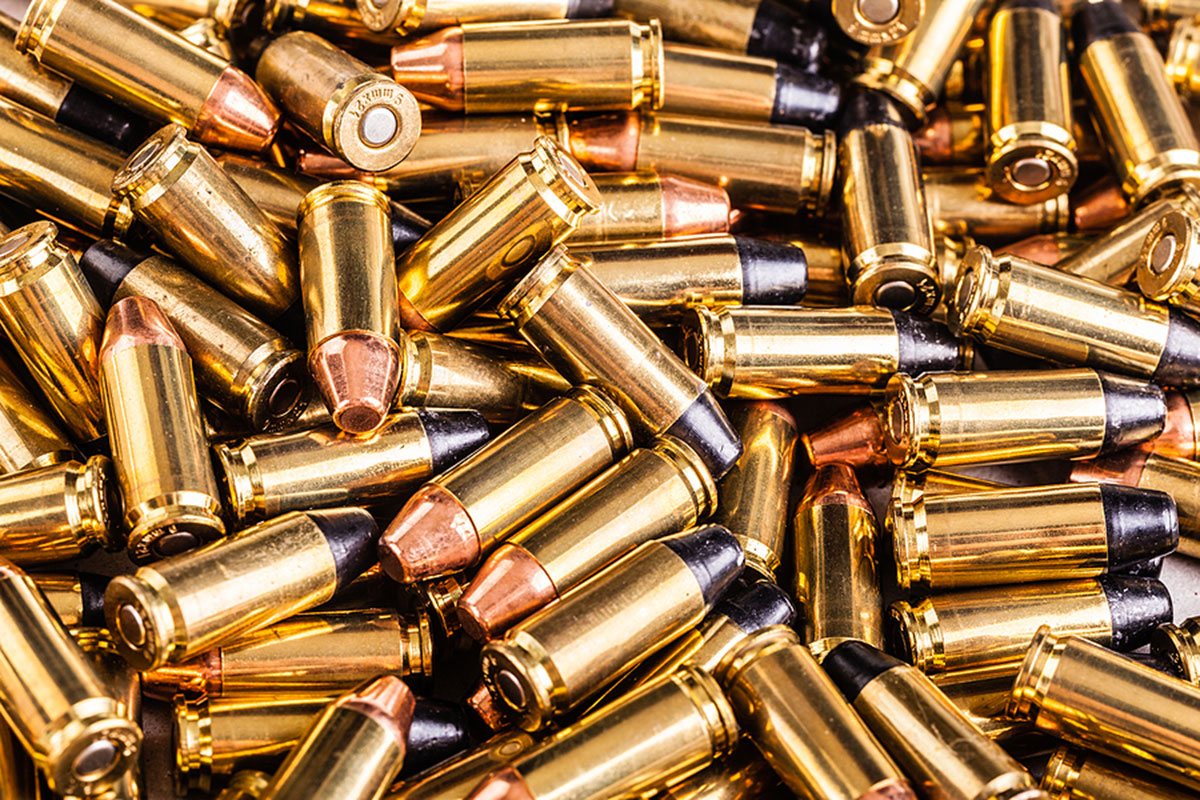
The NRA's American Rifleman reports that the top three ammo manufacturers in the country are reporting that they've produced record amounts of ammunition this year—at the moment, the big three include Federal, Winchester, and Hornady. The Remington Ammunition plant has not been at full capacity since it and the ammo company were sold to Federal's parent company, Vista Outdoor earlier this year, but more on that later.
These giant ammo makers are producing more rounds than they ever have before, and as soon as it gets to distributors, it's sold in a moment.
Also, due to the pandemic, ammunition manufacturers have to consider the safety of their work force and any limitations that may include. Plus supply chains of all kinds, including for the raw materials needed to make ammunition, have been disrupted by the pandemic. That's caused hiccups throughout the year, without signs of any immediate improvement as 2021 rolls from winter into spring and the pandemic continues its stranglehold.
Even if an ammunition manufacturer wanted to ramp up production, they'd have to build a new line or, more likely, an entirely new facility. Nobody knows how long this buying surge will last, so that's not a feasible response.
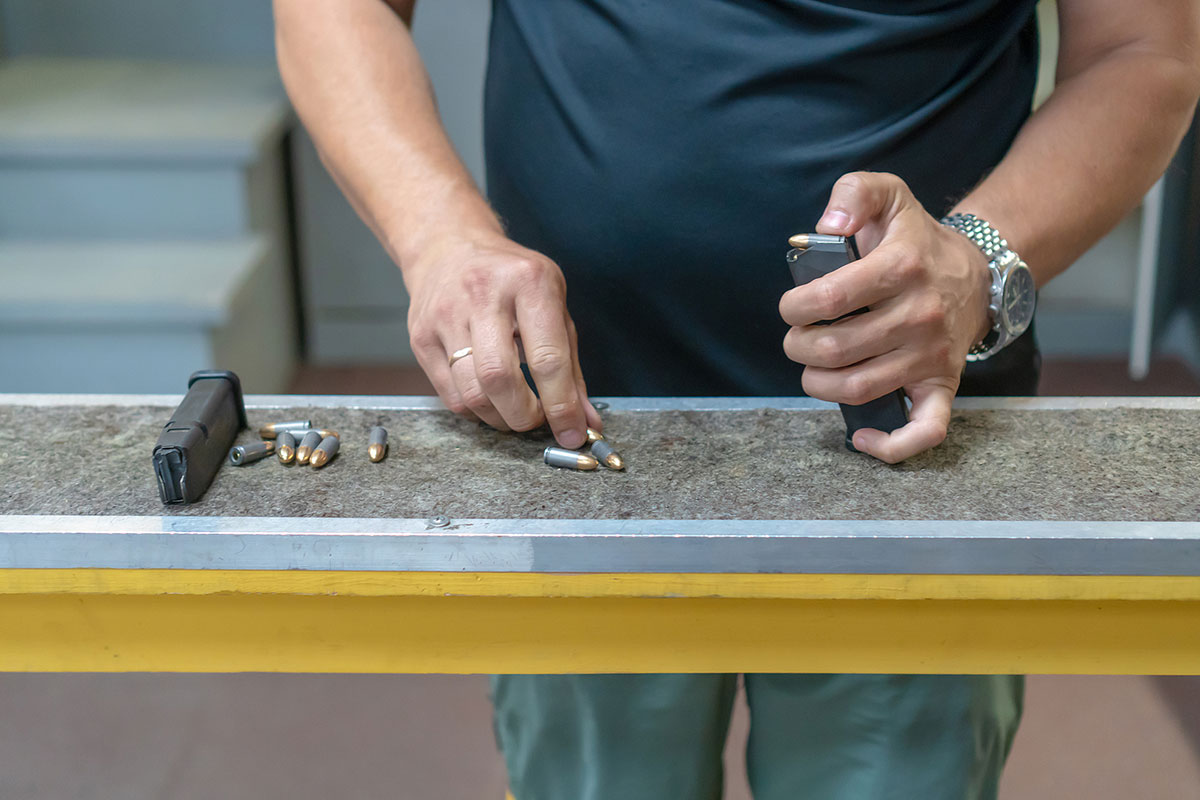
Despite the public perceptions, the president of Federal Ammunition, Jason Vanderbrink, said his company is cranking out product. Federal includes CCI, Speer, and now, Remington Ammunition and its factory in Arkansas after a bankruptcy purchase earlier this year.
Here's his response to the misguided rumors he and his companies had heard regarding the ammo shortage.
"We are running our CCI/Speer and Federal factories 24/7 and shipping products for commercial distribution every day. We're also proud to now own and operate the Remington ammunition factory in Lonoke, Arkansas and are excited to get that great facility back up to full capacity in the coming months," Vanderbrink said in his recent statement.
"There are a lot of rumors right now about ammunition and components not making their way to retail that are just not true. There are also resellers outside of our customer base who will always try to take advantage of pricing in times of high demand," Vanderbrink added. "We are proud to employ thousands of Americans across the country who work hard to make and ship products for hunters, shooters, reloaders and those who protect our communities. The health of our workforce during the pandemic is critical and we are proud to have kept running safely as an essential American business."
Now that the presidential election is finally over and historically anti-gun Joe Biden will be in the Oval Office come Jan. 20, firearms sales and ammunition sales show no signs of slowing. It's anyone's guess when distributors, and in turn, retailers, will again have fully stocked inventories.
But one thing is clear, it's the buying habits of gun owners and how they've changed this year that are driving the ammo drought. That means it won't end until ammunition companies can manage to meet the demand. It won't end until our shooting habits and buying trends end.
And if it does improve, or show any signs of ending, it seems like just a matter of time before something else interrupts the chain, and the ammo shortage starts all over again.
When it finally is available, you can (hopefully) find the ammo you need at Walmart.com.
NEXT: 10 OF THE BEST OPTIONS FOR HOME DEFENSE SHOTGUN AMMO ON THE MARKET TODAY
WATCH
